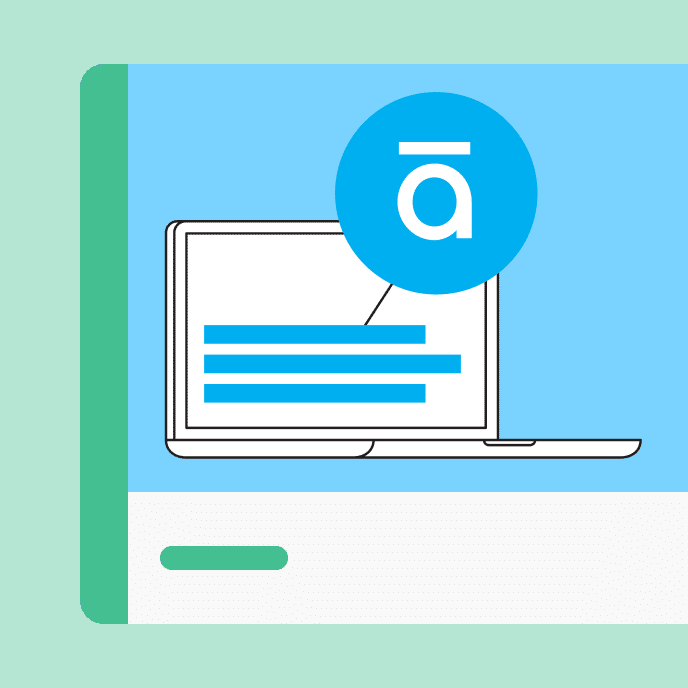What are E-Learning Branching Scenarios?
Learn how to leverage branching scenarios in your e-learning to improve learners’ decision-making skills and boost their performance.

Great teachers know that what works best for one learner may not work for another. Tweaking the educational experience and tailoring it to suit different types of learners can allow everyone to get more out of a course.
In a physical classroom, instructors can customize lessons by checking in with students one-on-one, asking questions, and adjusting explanations in real-time. But how can e-learning educators reach different types of learners in a single course? This is where branching scenarios come into play.
In this post, we’ll cover the ins and outs of branched e-learning, including its benefits for both organizations and learners. Looking for branching scenario ideas for your own business? We’ll also walk through a real-life example of an organization that used branching to achieve meaningful results.
For more insights on branching, read our case study with Assisting Families of Inmates and Yukon Learning.
Key Takeaways
What is a branching scenario?
Branched e-learning simply means that a learner can follow multiple different paths through an online course depending on the choices they make. Just like in real life, the next steps in the course will vary depending on the previous actions the user takes. This type of nonlinear navigation through the course progression allows for a more personalized learning experience.
Many businesses use branching scenarios to tailor their course information by group. For example, your company might offer a training course that contains slight nuances with different decision points for different teams. In this situation, having users select their team as part of the course can allow you to deliver more relevant content to them in the following slides.
You can also use branched e-learning to allow your users to experiment with different realistic situations. In this way, they can practice their critical thinking skills as they experience the different outcomes of various choices in a low-risk environment. For example, in a Customer Support training course, you might use branching to allow your learners to practice dialogue simulations around common customer pain points, improving their communication skills.
3 game-changing benefits of creating branching scenarios
Businesses and learners can benefit from e-learning branching scenarios in numerous ways. Below, we’ll explore three of the most compelling reasons to use branching in your online courses.
1. Increased production efficiency
Branching allows you to reach multiple groups within a single course, rather than having to create separate courses for different types of learners. This more efficient course production method can save your business valuable time and resources as only course information that differs based on the user type requires customization.
This can also be helpful if you’re sending a course to a large group of learners, and aren’t sure which specific category they might fall into. Rather than having to receive a specific course from the beginning, they’ll make choices along the way that nudge them toward the most appropriate content.
2. Greater engagement
The more your content engages learners, the more likely they are to remember material, absorb it, and apply it effectively. Branching builds an extra layer of engagement into the course itself, as users are in charge of making choices that determine the content they receive.
When learners get content based on the choices they make, it’s much more relevant to them and their traits or behaviors. This, too, can increase engagement, transforming more general takeaways into specific insights that directly relate to the user’s selections within the course.
3. Experience with complex, realistic scenarios
Branching allows you to replicate the complex nature of real-life interactions in a low-risk virtual environment. This can be an excellent way for learners to test and apply their knowledge without negative consequences and may make them more successful if they encounter these types of scenarios in their day-to-day work.
How Assisting Families of Inmates builds social and emotional skills with course branching
Assisting Families of Inmates (AFOI) is a Richmond-based nonprofit that supports families of the incarcerated. Their Milk and Cookies (MAC) Children’s program is a key way they offer meaningful support to their clients. The program helps children in Richmond public schools build coping skills and reduce the stigma around having an incarcerated loved one.
“For many children, there can exist a shame or stigma around disclosing that they have an incarcerated loved one,” says Fran Bolin, AFOI’s Executive Director. “We want them to be able to understand their situation and feel more in control of it by building their resiliency and coping skills—whether they complete the program in person or online.”
Because multiple different grade levels participate in the MAC Program, the team at AFOI knew they needed to tailor their e-learning content so students of all ages could all get value from the content. To accomplish this, they worked with Articulate’s training partner Yukon Learning to create customized interactions with branching. For example, after selecting their grade level, younger learners would choose between a “thumbs up” or “thumbs down” icon, while older learners were asked to type out a short response.
“The interactions for the MAC Program are custom-built for different grade levels, which allows learners of all ages to understand and engage with the material without feeling overwhelmed,” says Brooke Schepker, Yukon Learning’s Chief Design Officer.
Branching off your e-learning assets for success
A branched scenario is a powerful tool for increasing e-learning engagement and effectiveness, adding another layer of interactivity to your online course. Implement this strategy to reach a diverse array of different types of learners and allow your users to gain hands-on practice with complex scenarios, improve their decision-making skills, and gain immediate feedback about their performance.
To learn more about the power of branching scenarios in e-learning, read our case study with Assisting Families of Inmates and Yukon Learning.
You may also like

Big Moves, Big Wins: Articulate’s 2024 Year in Review
Check out six milestones—from game-changing features to prestigious awards— that shaped our e-learning year.

